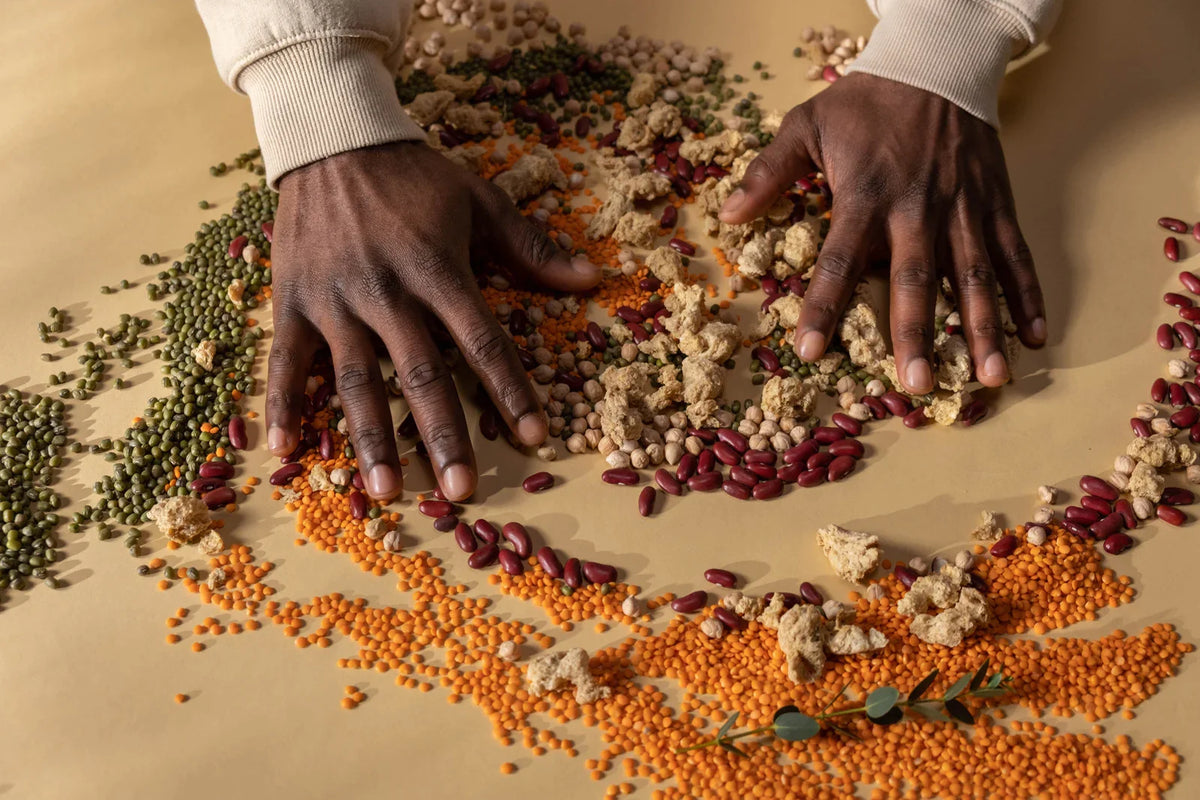

Welcome, fellow garden enthusiasts, to Seed Armory – your go-to source for all things related to seeds and gardening! Today, we're delving into the fascinating world of seed saving techniques, particularly focusing on the crucial aspect of mastering long-term storage techniques. As any seasoned gardener knows, preserving your seeds properly ensures a bountiful harvest for years to come. So, let's embark on this journey of discovery and learn how to make your seed saving techniques that stand the test of time.
Understanding the Importance of Long-Term Seed Saving
When it comes to gardening, the longevity of your seeds is key. After all, what good is a fantastic harvest if you can't replicate it in the future? Long-term seed saving is the solution to this challenge, ensuring that your carefully curated collection remains viable and ready for planting season after season.
Factors Affecting Seed Viability
Before we dive into the seed saving storage techniques, it's essential to understand the factors that influence seed viability. Temperature, humidity, and light exposure can all impact how long your seeds remain viable. By addressing these variables, you lay the foundation for successful long-term seed saving.
Essential Long-Term Seed Saving Techniques
Choosing the Right Seeds
The journey to long-lasting seed saving begins with the right selection. Choose heirloom and open-pollinated varieties as they tend to maintain their genetic integrity better than hybrid seeds. This ensures that the plants grown from these seeds will exhibit the same desirable traits as the parent plant.
Harvesting and Cleaning Seeds
To maximize the potential for long-term storage, it's crucial to harvest seeds at the right time. Allow seeds to fully mature on the plant before collecting them. This ensures that they've reached their maximum genetic potential and are better equipped to withstand storage conditions.
Before storing, make sure your seeds are clean and free from any debris. A thorough cleaning process involves removing chaff, plant material, and other impurities. This not only enhances storage but also reduces the risk of mold or disease affecting your seeds.
Proper Drying Techniques
Drying seeds is a critical step in the storage process. You can opt for traditional air drying or use a dehydration method for quicker results. Regardless of your choice, ensure that the seeds are completely dry before moving on to the next step. Any residual moisture can lead to mold growth during storage.
Ideal Conditions for Drying
Find a well-ventilated, dry area to facilitate the drying process. Spread the seeds in a single layer on a clean surface to promote even airflow. Patience is key; rushing this step could compromise the efficacy of your long-term seed saving efforts.
Seed Saving Techniques for Optimal Preservation
Selecting the Right Containers
Once your seeds are thoroughly dried, selecting the right containers is paramount. Airtight containers, such as glass jars or vacuum-sealed bags, create a barrier against moisture and oxygen, both of which can deteriorate seed viability over time.
Light exposure can be detrimental to seed longevity. Opt for dark-colored containers to shield your seeds from light, maintaining their integrity and safeguarding them against potential damage.

Storing & Seeds Saving in the Right Environment
Finding the Goldilocks zone for temperature and humidity is crucial for successful long-term seed saving. Aim for a cool, dry place – ideally between 32°F and 41°F (0°C to 5°C) with humidity levels around 20-40%. This sweet spot minimizes the risk of both germination and decay.
Refrigeration and Freezing Options for Seed Saving
For those with ample space and a large seed collection, refrigeration or freezing can be viable options. Just ensure seeds are sealed in moisture-proof packaging before stashing them in the cold – this prevents condensation from affecting the seeds when they return to room temperature.
Exploring Seed Varieties for Different Climates
Not all seeds are created equal, and understanding the specific needs of different plant varieties is essential for successful gardening. Research and choose seeds that are well-suited to your local climate and soil conditions, ensuring a higher chance of thriving plants and a more abundant harvest. Check out our Zone Specific Seed Growing Guide.
The Importance of Labeling and Organization in Seed Saving
As you accumulate various seed varieties, maintaining proper labeling and organization becomes crucial. Create a systematic method to label and store your seeds, including information on the plant type, harvest date, and any specific requirements. This ensures you can easily locate and use your seeds when the next planting season arrives.
Incorporating Sustainable Practices into Seed Saving
In today's environmentally conscious world, adopting sustainable practices in gardening is paramount. Consider using eco-friendly containers for seed storage and explore natural methods for pest control and soil enrichment. Sustainable gardening not only benefits the environment but also contributes to the overall health and resilience of your garden.
Preserving Genetic Diversity through Seed Saving
One of the often-overlooked benefits of seed saving is the preservation of genetic diversity. When you save seeds from open-pollinated and heirloom varieties, you play a vital role in maintaining diverse plant populations. This diversity enhances resilience to pests, diseases, and environmental changes, ensuring the long-term health of your garden ecosystem.
Community Seed Exchanges and Collaboration
Extend the spirit of seed saving beyond your own garden by participating in community seed exchanges. Collaborate with fellow gardeners to share unique varieties, tips, and success stories. By fostering a sense of community, you contribute to a collective effort in preserving plant heritage and promoting sustainable gardening practices.
Nurturing Your Garden's Future with Seed Saving Techniques
Congratulations! By mastering these long-term seed saving techniques, you've secured the future of your garden. Remember, the art of seed saving goes beyond just harvesting and planting; it extends to preserving the essence of each season for generations to come. So, go ahead, embrace these techniques, explore diverse seed varieties, and engage in community collaborations. Watch as your seeds become timeless treasures, ready to sprout life whenever you decide to sow them. Happy gardening!






